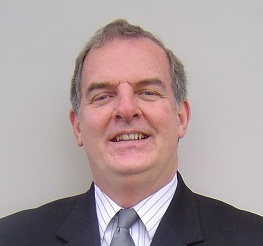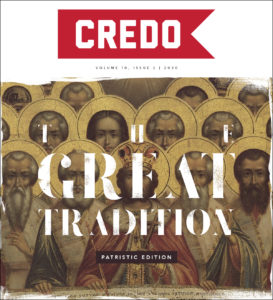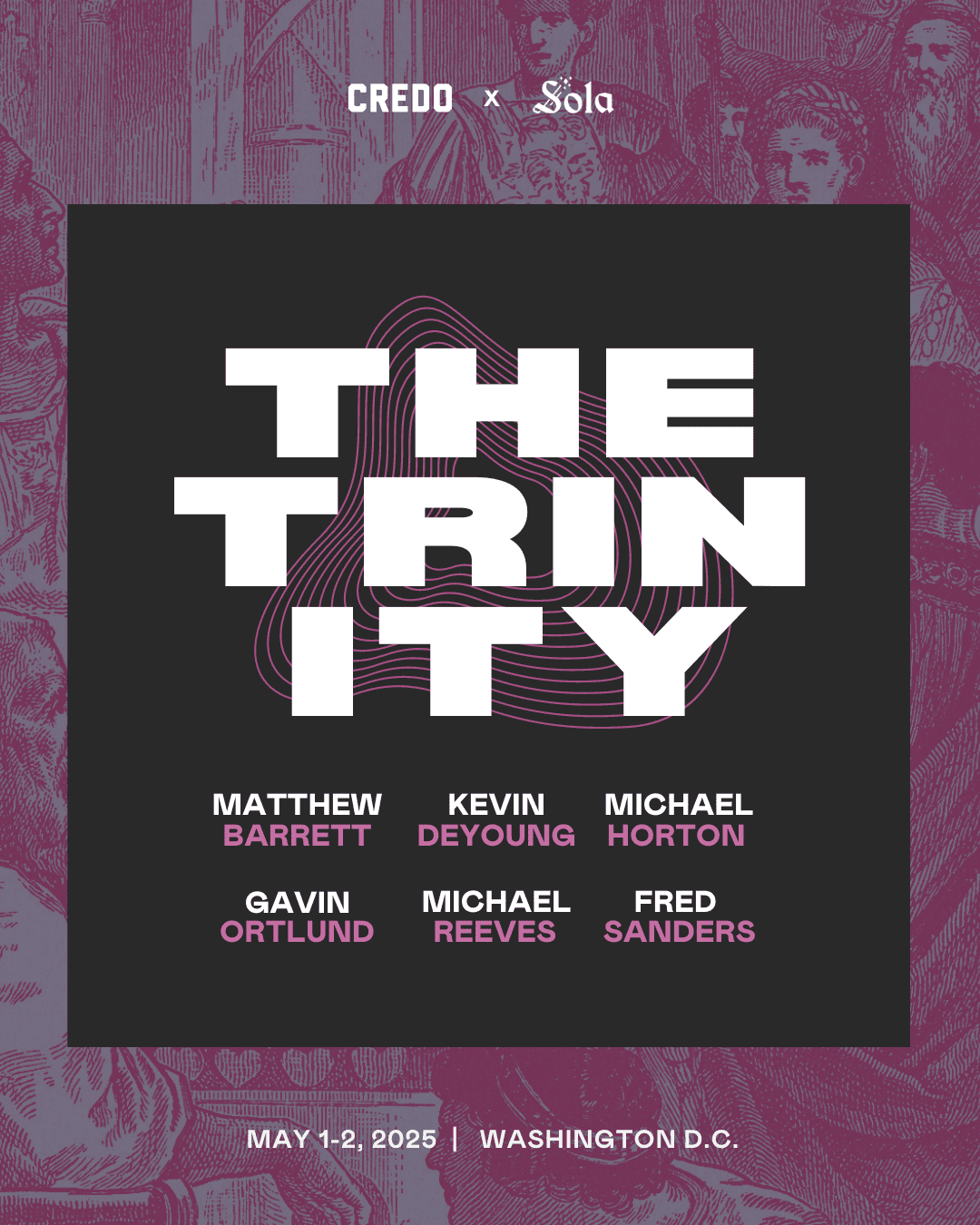Hilary of Poitiers has been called “the Athanasius of the West” and “the Hammer of the Arians,” although both titles could use some caveats applied. In addition, he is sometimes regarded as the patron saint of lawyers, and perhaps even more caveats would be required. Hilary’s biography was written by Venantius Fortunatus, nearly two centuries after Hilary’s death. This serves as an indication that we know relatively little about him.
Mary Clark says that Hilary was born about A.D. 315, while R. P. C. Hanson opts for a date between 310 and 320. It seems that about 350, or perhaps later, he became bishop of Poitiers, a fairly obscure town in western Gaul. Venantius Fortunatus says that Hilary was raised in a Christian household, but from brief references in his works, it is often assumed that he converted to Christianity from a background in paganism. Mary Clark, for example, says that this came about through reading the Bible which weaned him from his classical pagan education. Manlio Simonetti sets no store by this, perhaps without sufficient reason. In any case, the good bishop was almost certainly married and had a daughter named Abra.
Discovering the Nicene creed
Hilary’s times – albeit full of crises and confusion – are better known than his person. The Council of Nicaea in 325 was supposed to have cleared up the issue of the deity of Christ for the Church. The Son was defined as homoousios (“of one substance” or “of one essence”) with the Father. This has stood the test of time, but in the mid-fourth century that was not so obvious. In fact, Hilary was to comment that he had been a bishop for some years before he ever heard of the Nicene creed!
Many churches in the East came to fear that the Nicene formula tended to Modalism or Monarchianism, the belief that the Son is the same Person as the Father, and they simply carry out different roles. Most, but by no means all, churches in the West were more fearful of some variation of Arianism, the belief that the Son is not quite divine in the full sense. It was the age of creed after creed, council after council, and expulsions for those on the outer. Best known among the exiles was Athanasius of Alexandria, who was forced to leave his home city five times in his career. Best known for complaints was the last great ancient Roman historian, Ammianus Marcellinus, a pagan, who grumbled that, in calling so many councils, the emperor Constantius had “only succeeded in hamstringing the post service.”
At the rather small council of Sirmium (northern Serbia) in 357 the term homoousios was forbidden as an unbiblical word. For that matter, homoiousios (of like essence) was also forbidden for the same reason. The Son and the Father were thought to share the same will, not essence. This became known as the homoian theology (not to be confused with homoiousian creeds). The condemnation of ousia language was directed at the Nicene creed, but also at the homoiousians such as Basil of Ancyra and George of Laodicea. Hilary dubbed this “the blasphemy of Sirmium.” As it turned out, in the providence of God, this gave the homoousians in the West and the homoiousians in the East a common enemy. Basil of Ancyra, for example, had always been suspicious of Athanasius of Alexandria for the same reason that he was hostile to his own predecessor, Marcellus of Ancyra – that he was guilty of Modalism. Yet now he was using ousia language – which made it easier for some kind of mutual understanding to take place. Hilary was to comment that he had been a bishop for some years before he ever heard of the Nicene creed! Share on X
Hilary held to the full deity of Christ, even if early in his career he may not have been certain how to express this. He defended the Nicene creed that Father, Son, and Holy Spirit were one in substance, but he also came to acknowledge that “The expression contains both a conscientious conviction and the opportunity for delusion.” However, he considered that if some misunderstood homoousion, that ought not to prevent him from understanding it.
His Life
Now we must look at Hilary himself. The council of Milan in 355 had seen some Western bishops submit to the condemnation of Athanasius. Hilary responded with some vigour, and broke off communion with these bishops, which led to his deposition and exile at the council of Béziers in 356 (although some say this occurred at the earlier council of Milan). Living, and moving quite freely, in Phrygia in the East proved decisive, for he was able to learn Greek and study the works of the Greek fathers. He met Basil of Ancyra, although no details survive of that meeting. Hilary saw himself as one who was tempted to live quietly and accept a corrupt judgment, but in all conscience he had to continue the battle. Retreat was not possible: “This the love of Christ, which through faith and hope abides in a sincere heart, could not countenance.”
In the East, Hilary came to appreciate the dangers of Sabellian Monarchianism that may have lurked behind the expression homoiousios – at least in the Eastern mind. The Arianising emperor, Constantius II, who reigned from 337-361, was determined to sink the Nicene creed and achieve unanimity in the Empire. Hilary’s response was to compare him to the persecuting emperors Nero, Decius, and Maximian. With or without imperial permission, Hilary returned to the West in 360. He was warmly received, but in 364 he failed to have Auxentius, the reputedly Arian bishop of Milan, deposed. A few years later, in 367 according to Jerome, Hilary died.
Hilary’s View of Scripture
Before looking at his writings, it would be appropriate to say something about Hilary’s view of Scripture. All sides appealed to Scripture, which Gregory Nazianzen noted as “a boot fitting either foot.” Hilary, however, was determined to be faithful to Scripture in its totality. In Hilary’s own words: “The Lord expressed the faith of the Gospel in the simplest words that could be found, and adapted His language to our understanding to the extent that the weakness of our nature could grasp them, without saying anything that was unworthy of the majesty of His own nature.” Hilary seems to have written hymns, perhaps to combat the Arian or Arian-like hymns which were then being circulated. Share on X
Such a view runs parallel to his view of Christ. As Christ is divine, so he is full of majesty; as he is human, he is gentle and lowly. To Hilary, all Scripture was from God, and so there was a unity to the truth of its proclamation. The faculty of reason was limited to fallen human beings, and subject to abuse. Nevertheless – and paradoxically – Hilary recognised his ignorance of the workings of the heavens and the ocean and the earth, and that “yet my ignorance helps towards recognising You.” “Moreover, though I do not know myself, yet I perceive so much that I marvel at You the more because I am ignorant of myself.” Analogies have their limitations because of our limitations, but God uses them for our benefit.
Reason was not utterly repudiated by any means – Hilary could refer to “heavenly reason” – but Hilary was firm that “We must believe God’s word concerning Himself, and humbly accept such insight as He vouchsafes to give.” Hence Book Two of Hilary’s treatise On the Trinity begins with a reference to the baptismal formula found in Matthew 28:19-20. Hilary comments: “For God the Father is One, from whom are all things; and our Lord Jesus Christ the only begotten, through whom are all things, is One; and the Spirit, God’s gift to us, who pervades all things, is also One.” It is through Scripture alone that we can know the triune God, so Hilary aimed to “use the terms supplied by God, yet colouring my argument with illustrations drawn from human life.”
On the Trinity
As should be clear from what is said above, Hilary’s chief doctrinal work was On the Trinity, which appears in twelve books, and which in most ancient manuscripts lacks a title. It is not a well-structured book and appears to have fused together two earlier treatises by Hilary with additional material to suit the debates of the 350s and 360s. To it an appendix on the Holy Spirit was added, as the deity of the Spirit was being vigorously discussed in the 360s.
From the outset, Hilary declares his position to be somewhat equidistant from Arianism on the one hand and Sabellianism (or Modalism or Monarchianism) on the other. He acknowledged that he could not understand the eternal generation of the Son, yet “He is the Offspring of the Unbegotten, One from One, true from true, living from living, perfect from perfect; the Power of Power, the Wisdom of Wisdom, the Glory of Glory, the Likeness of the invisible God, the Image of the Unbegotten Father.”
The homoiousian language of “likeness” could be reconciled to the Nicene language of “sameness,” for only an infinite Being could be like an infinite Being. Hilary cited a multitude of biblical verses to demonstrate his point. Colossians 2:9 (“in Him [Christ] dwells all the fullness of the Godhead bodily”) became a key text, as did a host of passages from John’s Gospel (John 1:18; 5:26; 10:30, 38; 14:9; 16:15, 28). “There is a distinction, for they are Father and Son; not that their divinity is different in kind, for both are One, God of God, One God only begotten of One God unbegotten. They are not two Gods, but One of One.”
Sometimes it is difficult to attach much meaning to what Hilary says, as, for example, when he says: “The Father therefore is greater, because He is Father: but the Son, because He is the Son, is not less.” What he meant was, that the Son is Son by nature, not adoption, and so is equal to the Father. God is not unknowable, but He is indescribable, so “We must believe, must apprehend, must worship; and such acts of devotion must stand in lieu of definition.” Polemics must be undertaken within a framework of devotion. It is only right to remember Athanasius as the courageous witness to the full deity of Christ; but it is only just to recall the role of Hilary of Poitiers in helping to bring about a theological convergence in favour of Nicene… Share on X
Other Works
In 359, while still in exile, Hilary wrote On the Councils, which Manlio Simonetti calls “a work of rare intelligence and penetration,” due to his belief that many of the Eastern bishops were both anti-Arian and anti-Nicene. As noted above, he interpreted homoiousios as a possible equivalent to homoousios. He also wrote a commentary (or a series of sermons) on Matthew’s Gospel, which R. P. C. Hanson dismisses as a “dreary jungle of empty fantasy.” No doubt he overdid the use of allegory, but there is much to be gleaned from it. He may have written a full commentary on the Psalms, although only fragments are extant. Like Ambrose of Milan, Hilary seems to have written hymns, perhaps to combat the Arian or Arian-like hymns which were then being circulated.
Conclusion
It is only right to remember Athanasius as the courageous witness to the full deity of Christ; but it is only just to recall the role of Hilary of Poitiers in helping to bring about a theological convergence in favour of Nicene orthodoxy. Hilary was neither Athanasius’s disciple nor even his most obvious defender, but he shared his deepest convictions about Christ. If one may be permitted to draw on the language of the day, the two men were not the same, but were alike.


